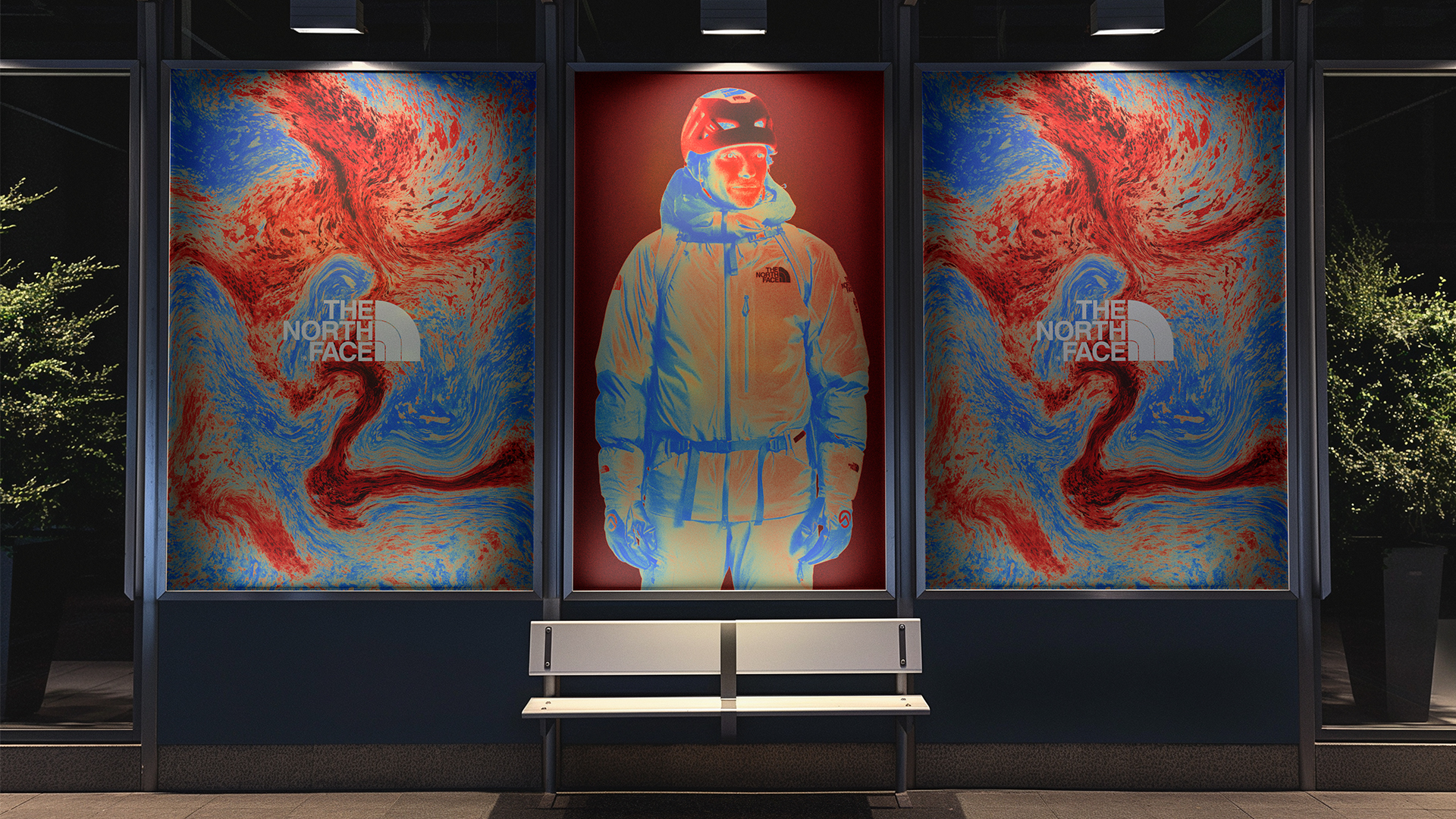Designing a book that holds more than just the journey
Lobito Bound is many things: a film, an expedition, a creative collaboration, a test of friendships and vehicles. But from the outset, the team wanted something physical—something that could outlast the journey and hold the story in a more reflective form.
We were brought in to lead the concepting, design, writing, and production of the Lobito Bound coffee table book: a large-format, 200-page publication that doesn’t just document what happened, but sits with it.
What We Delivered
Our role was end-to-end: shaping the creative direction of the book and delivering a finished, print-ready piece that could work independently of the film, but still speak in the same tone.
The book blends photography, essays, behind-the-scenes context, and interviews—woven together in a layout that favours space and rhythm over noise.
Deliverables included:
- Overall narrative structure
- Editorial and essay writing
- Image curation and sequencing
- Captioning, Q&A formatting, and contributor sections
- Book layout and typography
- Paper stock, spine, and binding consultation
- Liaison with print partners on production samples
Our Approach
We approached the book as a long-form reflection—not a scrapbook, not a brochure. The idea was to resist the urge to over-edit or polish the story. It needed to feel lived in, with rough edges where appropriate.
- Structure first
We developed a narrative flow that mirrors the arc of the journey. It begins with a story essay that sets tone and context, before moving into image-led chapters organised by geography—following the route across Africa. These are punctuated by field notes, equipment breakdowns, team Q&As, and quiet interludes. - Design for clarity
The layout avoids visual clutter, using restrained typography and grid structures to give each spread space to breathe. Photography takes the lead, but it’s balanced with thoughtful captions, reflections, and context. - Writing without theatre
Every piece of written content was carefully reviewed to avoid cliché or overstatement. The tone is conversational, grounded, and open—letting the reader in without overselling the experience. - Production conversations early
Paper weight, spine size, and binding method were considered from the start. We coordinated directly with print partners to prototype spine tolerances, test cover materials, and assess the relationship between image density and paper texture.
Key Sections
- Story Essay – the heart of the book, giving voice to the why behind the journey
- Country Chapters – photo-led sections with captions, atmospheres, and a few sharp truths
- Film Study Pages – dissecting key moments of the film in stills
- Team Q&A – quiet insights from each of the team members, unfiltered
- The Kit List – detailed breakdown of the gear, partners, and what broke along the way
- Credits & Acknowledgements – giving space to everyone involved, behind the camera and beyond
Outcome
The book is still in pre-launch, but it already acts as a key storytelling asset for the project—used in sponsor outreach, press conversations, and private previews. It stands as its own creative piece, not reliant on the film to make sense, but deeply tied to the same spirit.
More than documentation, it’s reflection in printed form.








.jpg)


